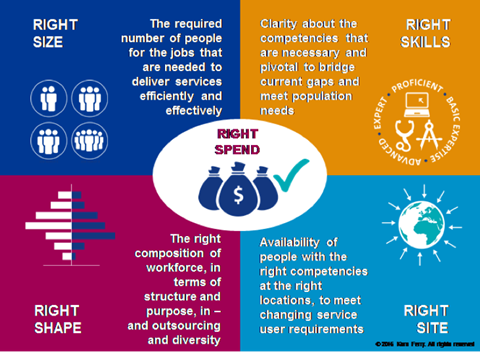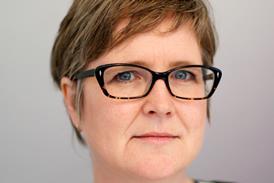For too long, workforce planning discussions have focused on a limited number of areas – Kate Wilson explains how we can get more strategic
By 2027 the health and social care workforce will look very different. A high proportion of our GPs will have retired and significantly more people will be treated at home, increasingly using digital solutions to support them in managing their health. People will live longer, and more of them will face multiple morbidities.
This means that the NHS workforce will need to be more mobile and dispersed. Many will shift to new types of organisations or contractual arrangements, and in many cases to entirely new types of roles. This requires a significant shift in the size, shape, skills and location of the workforce at both an organisational and system level.
Despite this, the workforce planning conversation remains largely dominated by numbers of doctors and nurses. Many systems are still struggling to get traction at a strategic level on workforce issues. What’s getting in the way of a more strategic system level conversation about workforce planning?

Perhaps one of the key barriers is the complexity of the challenge. Knowing where to get started and how to focus when you’re taking account of multiple organisations and multiple roles at a system level is a challenge. So, what can help you as you start to tackle this?
Being clear upfront on the boundaries of the system you’re planning for and breaking it down into system pathways or value chains is a way of starting to make the complex manageable. The focus then is on the critical capabilities (at an organisation or system not individual level) required to deliver that pathway.

This step back can help to open a more creative conversation – ie focusing on the key capabilities that you need instead of getting caught up in how many nurses or doctors are required. This can help you to think about different roles or workforce options to deliver those capabilities.
Focus is also particularly important in this environment, where the danger is that ‘everything’ becomes inter-connected. First, focus your plan only on what is critical in terms of capabilities and workforce for the future.
Systems workforce planning is about making the time and space to work through some complicated issues together – a difficult ask in a stretched system
Secondly, identify the capabilities and roles you couldn’t do without, or that are new, scarce or difficult to come by. This will be the focus of your strategic workforce plan. Often organisations get tangled up trying to plan for everything instead of planning for what’s most important in their context.
Finally, there will be real choices to make about what you do at system level and what you can leave to individual organisations. Will you simply plan at system level to align the efforts of individual organisations? Will you choose to make certain activities ‘system’ accountabilities, or deploy common approaches? What will this help you deliver? Deciding on the framework for what happens where can help you ensure the right conversations are happening in the right places, and critical strategic issues are not tangled up at the wrong level of the system.
At heart, systems workforce planning is about making the time and space to work through some complicated issues together – a difficult ask in a stretched system. The importance of having collective and iterative conversations about these issues cannot be over-estimated.
What will the system pathway look like? What capabilities do you need? What does that look like in terms of roles? Which are critical? How do you create job families that allow you to collectively describe and count those roles so you can plan strategically? What scenarios will impact on workforce? All of these questions should be asked before the number crunching and planning can begin. It is these conversations, and the plans that flow from them, that help the system turn transformation into practice and deliver the workforce it needs for the future.
Kate Wilson is an associate client partner at Korn Ferry London.




























2 Readers' comments